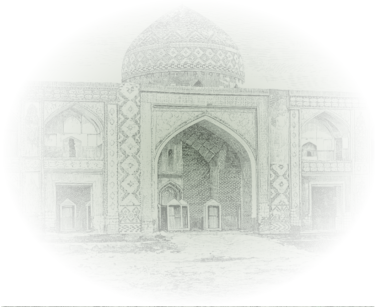Bjni is a village in the Novo-Bayazid uezd of the former Iravan governorate, later in the former Akhta (Hrazdan) district. The provincial centre lies 14 km to the southwest of the town of Hrazdan, on the right bank of Zangi River at the foot of Zinjirli Mountain, and at a height of 1,610 m above sea level. It was marked as “Bechni” in “The Iravan Province Review Book”, as “Bijni” on the five-verst map of the Caucasus.
The local inhabitants of the village were Azerbaijanis. In 1829–1830, as well as 1915-1927 Armenians were removed to the village from the Turkish regions of Bolis and Van, following the 1828 Treaty of Turkmenchay. The village was inhabited by 232 Azerbaijanis in 1831, 685 in 1873, 826 in 1908, 1,176 in 1914 and 1,309 Azerbaijanis in 1916, along with the Armenians there. In 1918-1920 the Azerbaijanis were ousted from the village by Armenian armed units. The Azerbaijanis managed to return to their own village following the establishment of Soviet power in the present- day Armenian territory beginning from 1922. The village was inhabited by 48 Azerbaijanis in 1926 and 64 Azerbaijanis in 1931. According to the decision of the USSR Council of Ministers “On the resettlement of collective farmers and other Azerbaijani population from the Armenian SSR in the Kur-Araz lowland of the Azerbaijan SSR” dated 23 December 1947, the Azerbaijanis were forced to leave for Azerbaijan in 1948. Presently, only Armenians live in the village.
The toponym was formed on the basis of the name of the Turkic tribe “Bechenek”. “Bjni” is the Arabic spelling of the ethnonym “Bechenak”.
According to the law “On the administrative-territorial division of the Republic of Armenia” dated 7 November 1995, it was integrated into the administrative area of the Kotayk province.
Geographic coordinates: latitude: 40°27′ N., longitude: 44°38′ E.
